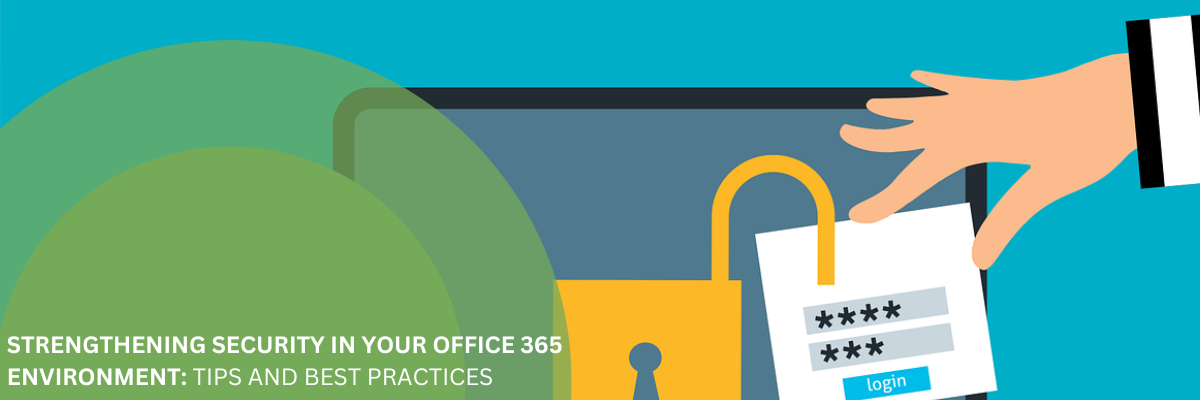With more businesses adopting cloud-based solutions like Office 365 for their everyday operations, ensuring the security of these platforms is crucial. Microsoft Office 365 offers a robust suite of productivity tools, but its security features must be properly configured and managed to mitigate potential risks. Here are our top tips and best practices for enhancing security within the Office 365 environment.
Enable Multi-Factor Authentication (MFA):
Multi-Factor Authentication adds an extra layer of security by requiring users to verify their identity using multiple authentication methods. By enabling MFA for Office 365 accounts, you can significantly reduce the risk of unauthorised access, even if passwords are compromised. Encourage all users within your organisation to enable MFA for their accounts.
Implement Role-Based Access Control (RBAC):
Role-Based Access Control allows you to define and manage permissions based on users’ roles and responsibilities within the organisation. By assigning appropriate roles to users, you can limit access to sensitive data and functionalities within Office 365. Regularly review and update these roles to ensure they align with the current organisational structure.
Monitor User Activity:
Office 365 provides robust auditing capabilities that allow you to track user activity and detect suspicious behaviour. Enable auditing for critical events such as login attempts, file access, and mailbox actions. Regularly review audit logs for any anomalies or unauthorised activities, and take immediate action if necessary.
Educate Users on Security Best Practices:
Mistakes made by humans continue to be a primary cause of security breaches. Educate users about common security threats such as phishing attacks, malware, and social engineering tactics. Provide regular training sessions and awareness campaigns to ensure users understand their role in maintaining a secure Office 365 environment.
Utilise Advanced Threat Protection (ATP):
Office 365 Advanced Threat Protection offers additional security features to safeguard against advanced threats such as malicious attachments and links in emails. Enable ATP policies to automatically detect and block suspicious content, and regularly review ATP reports to identify emerging threats.
Regularly Update and Patch Office 365:
Microsoft regularly releases updates and patches to address security vulnerabilities and enhance the overall stability of Office 365. Ensure that your Office 365 environment is configured to receive automatic updates, and regularly check for any pending updates that require manual installation.
Enable Data Loss Prevention (DLP) Policies:
Data Loss Prevention policies help prevent sensitive information from being unintentionally shared or leaked outside the organisation. Configure DLP policies to scan and enforce rules on emails, documents, and other content within Office 365. Customise these policies based on your organisation’s specific data protection requirements.
Implement Secure External Sharing:
Office 365 allows users to collaborate with external partners and stakeholders by sharing documents and files. However, it’s essential to configure external sharing settings to ensure that sensitive data is only shared with authorised individuals or domains. Utilise features like Azure AD B2B collaboration and Conditional Access to control external sharing effectively.
By implementing these tips and best practices, you can enhance the security of your Office 365 environment and better protect your organisation’s data and assets. Remember that maintaining a secure environment is an ongoing effort that requires proactive monitoring, regular updates, and user education.
To learn more about how Yuntech can assist with your business IT solutions and security needs, feel free to contact us at [email protected]. We’re here to help you safeguard your business and enhance your digital operations.

